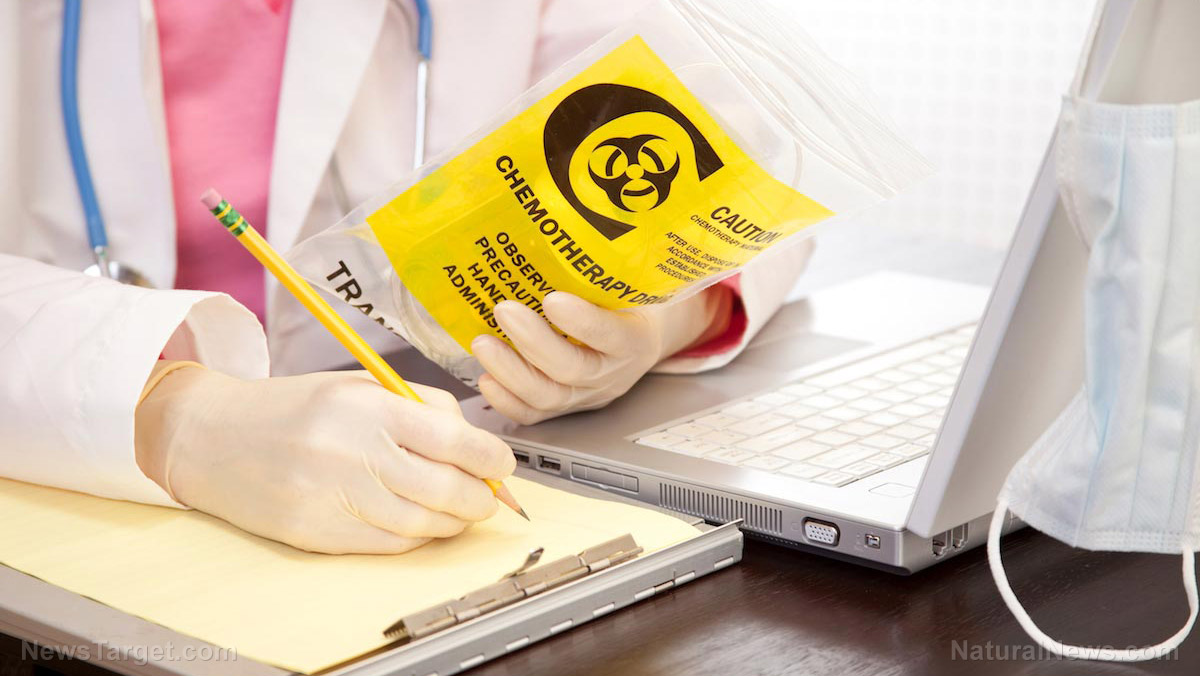Nearly half the students at an Illinois high school absent; norovirus ‘vomiting bug’ suspected
01/23/2017 / By Howard Roark

Hundreds of St. Charles East High School students became ill with norovirus last week, and the school was forced to close for two days. The Chicago Tribune reports that the Illinois Department of Health collected three samples and sent them to their virology lab in Chicago for analysis. The results confirmed the Kane County Health Department’s suspicion that the virus commonly known as stomach flu was responsible, because of the typical symptoms displayed by the sick students.
After about 800 students called in sick, Kane County Health conducted an investigation to verify the source. But even after inspectors tested the food preparation areas of the school, the origin of the outbreak remains a mystery. In the preceding week, 10 basketball team members became too ill to play. Despite the wide dissemination of the norovirus at St. Charles, no other District 303 schools had unusual absentee numbers due to illness.
Symptoms, treatment, transmission and prevention of norovirus infection
Symptoms: According to the CDC, “Norovirus causes inflammation of the stomach, the intestines, or both. This is called acute gastroenteritis.” The most common symptoms are nausea, vomiting, stomach pain and diarrhea. The less common symptoms are fever, headache and body aches. Typical onset of symptoms is 12–48 hours after exposure to the virus, and the illness usually lasts for 1 to 3 days. The CDC website states, “If you have norovirus illness, you can feel extremely ill and throw up or have diarrhea many times a day.”
Treatment: Although there are numerous alternative remedies for viruses, the CDC claims, “There is no specific medicine to treat people with norovirus illness. Norovirus infection cannot be treated with antibiotics because it is a viral (not a bacterial) infection. If you have norovirus illness, you should drink plenty of liquids to replace fluid lost from throwing up and diarrhea. This will help prevent dehydration.”
Transmission: The CDC continues, “Norovirus is a highly contagious virus. Anyone can get infected with norovirus and get sick. Also, you can get norovirus illness many times in your life. … You are most contagious when you are sick with norovirus illness, and during the first few days after you recover from norovirus illness. You can become infected with norovirus by … eating food or drinking liquids that are contaminated with norovirus, touching surfaces or objects contaminated with norovirus then putting your fingers in your mouth, or having contact with someone who is infected with norovirus. Norovirus can spread quickly in closed places like daycare centers, nursing homes, schools, and cruise ships.”
Prevention: Wash your hands meticulously and often. Be mindful that norovirus is found in the saliva, vomit and feces of an infected person, so sterilizing contaminated surfaces is important. Use 5–25 tablespoons of chlorine bleach per gallon of water. Wash produce before eating. Cook shellfish thoroughly. Do not prepare food if you are sick.
Norovirus outbreaks should serve as a wake up call
We tend to think of food poisoning more as an inconvenience than a serious health concern. That’s because as miserable as you may feel, in a matter of days chances are good you will be back to normal. But what if the pathogen was more virulent and did not resolve promptly? What if your misery and inability to carry on day to day activities persisted, as the infection spread to more and more people? How long could you survive without being able to hold down food and water? How could society continue to function?
Indeed, the fabric of society would begin to unravel, with everyone either unable to cope or in survival mode. In time, without relief on the horizon, widespread panic would ensue. Looting, rioting, anarchy and mayhem would complicate the medical outlook. This is what a deadly pandemic would look like. If you have ever contracted a stomach flu, let it be your personal wake up call, and resolve to take steps to optimize your survivability now, while you still can. A great first step is to view the Health Ranger’s videos series, Pandemic Preparedness.
Sources:
Tagged Under: health, high school students, norovirus




















